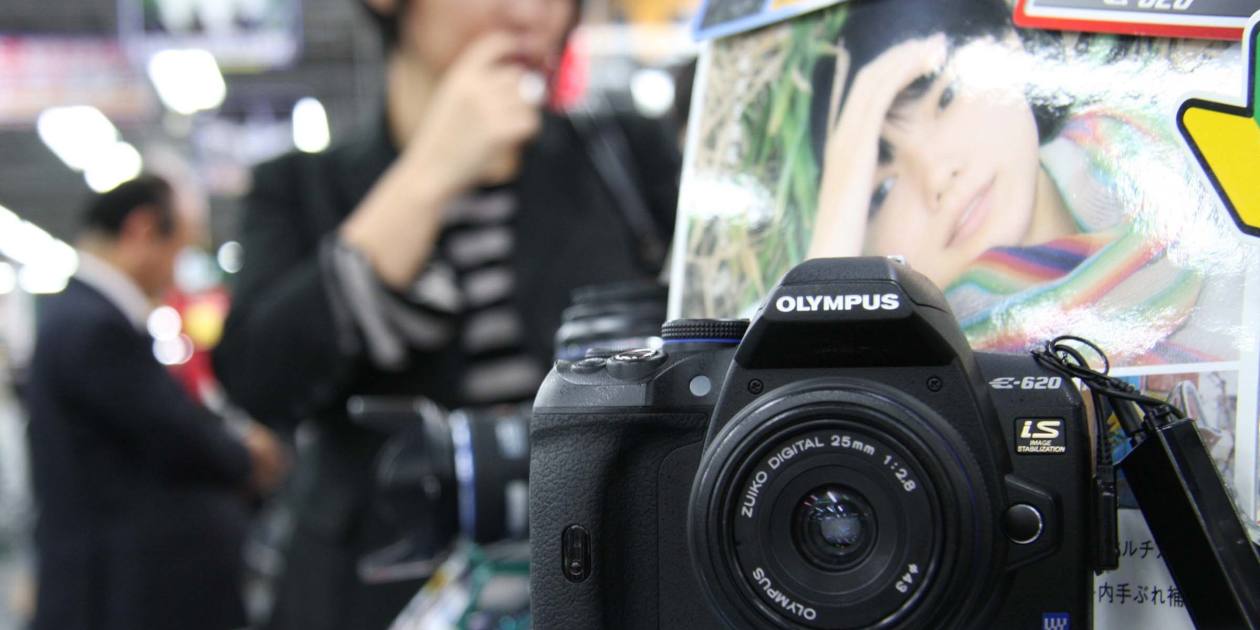DSLR is already gone. Next of course will be either medium format or mirrorless (except for 1 or 2 brands / models for professionals to use).
The SLR concept does not appeal to end-users anymore. I know, all my travel kakis stopped using their SLRs, mirrorless, rangefinders, compacts and using their mobile phones. If you dont believe me, after covid, go on any tour (not those specially for photographers one) and see how many bring along a camera.
I do not thinik OMDS is dumb enough to come up with a mobile phone, where even Nokia and Motorola and Sony cannot compete anymore.
It is likely that OMDS comes up with something like the Zeiss ZX1 with a android OS and built in Lightroom, that can use the tons of MFT tiny lenses available compared the the Zeiss ZX1 fixed lenses. And since OMDS has tied up with Samsung, it is likely that it will incorporate Samsung AI for photos into the camera,
as Samsung and Apple has one of the best AI for photos currently.
Panasonic and Olympus is delaying their new model launch as they are waiting for the new sensor for MFT by Sony to be available (I think).
Panasonic will also be dumb to focus on their FF models as it is really not doing well, compared to its GH series using MFT.
The SLR concept does not appeal to end-users anymore. I know, all my travel kakis stopped using their SLRs, mirrorless, rangefinders, compacts and using their mobile phones. If you dont believe me, after covid, go on any tour (not those specially for photographers one) and see how many bring along a camera.
I do not thinik OMDS is dumb enough to come up with a mobile phone, where even Nokia and Motorola and Sony cannot compete anymore.
It is likely that OMDS comes up with something like the Zeiss ZX1 with a android OS and built in Lightroom, that can use the tons of MFT tiny lenses available compared the the Zeiss ZX1 fixed lenses. And since OMDS has tied up with Samsung, it is likely that it will incorporate Samsung AI for photos into the camera,
as Samsung and Apple has one of the best AI for photos currently.
Panasonic and Olympus is delaying their new model launch as they are waiting for the new sensor for MFT by Sony to be available (I think).
Panasonic will also be dumb to focus on their FF models as it is really not doing well, compared to its GH series using MFT.


